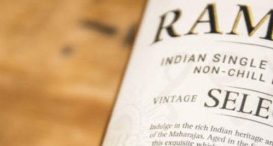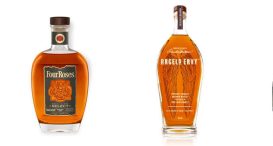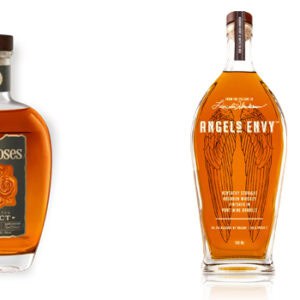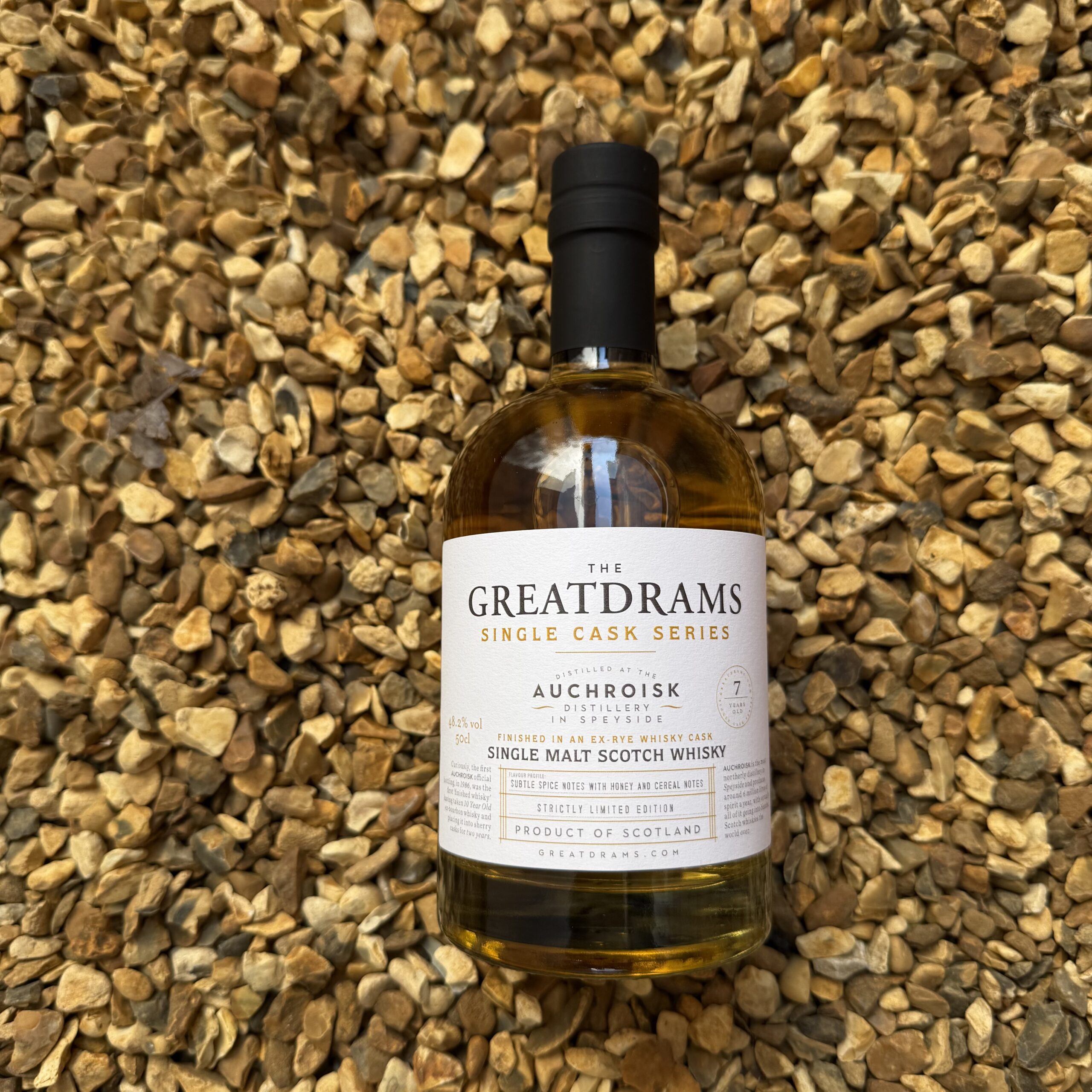Thoughtpiece on the influence of Sherry in the whisky industry
let’s begin
Sherry in the whisky industry is very important. Without it we wouldn't have the amount of great Sherry finished Whisky we do today.
As many of you will already know, Scotch has to be matured in a barrel, such as a sherry barrel. This must be for at least three years to legally be called Scotch. So we can already see the influence of Sherry in the Whisky industry. And with that amount of time together, the distiller must choose exactly the right barrel to mature his spirit.
First fill barrels are not often used for Whisky maturation. The compounds in the wood that effect flavour (tannins, vanillins and lignins) can be too high, but they are used for finishing from time to time to amp up the flavours.
To combat this, Scotch producers use barrels that have previously been used to mature other spirits. This also includes fortified wines, including Bourbon, Wine and Sherry.
We’re going to take a closer look at Sherry, whose casks have been in use for Scotch maturation to create Sherry finished Whisky, for around 200 years, and how this wine effects the final result in Whisky production.
What is Sherry?
Sherry is a fortified wine made mostly in the southern areas of Spain. It is made from three different white grape species called Palomino, Pedro Ximenez and Moscatel.
The first of these is used to create a dry sherry while the other two are sweet grapes
As mentioned, Sherry is a fortified wine. This means that once it has been fermented for around a year, spirit is added with an ABV of somewhere between 15-18º. The spirit added is usually Brandy.
The ABV of the spirit that is added depends on how light or dark the wine is, with Fino, or lighter Wines fortified with 15º and Oloroso, or darker Wines fortified with 17-18º.
During fermentation of a Sherry Wine, flors form on the surface of the liquid. This is a film like layer that forms from naturally occurring yeast cells and protects the liquid from oxidisation.
However, when Oloroso wine is fortified, this layer is killed off due to the high levels of alcohol. This does not happen in Fino wines, as the ABV that is added here is too low.
This means the Oloroso wines now have contact with the air, which results in more interaction with the wood in the cask over many years, allowing a deep nutty and well wooded character to develop.
Fino Sherries are more yeasty in character but still have a wonderful nutty quality and a crisp dryness.
More Sherries
As well as Fino and Oloroso Sherries there are also Manzanilla, Amontillado, Palo Cortado and Pedro Ximenez. There are a few more types of Sherry but these are the main ones and the most common Whisky casks.
Manzanilla is a type of Sherry that can only be produced in the coastal town of Sanlucar de Barrameda.
This is because the bodegas here create a “microclimatic” condition that is very humid and produces a special kind of flor.
This results in a very pale and dry Wine that is fresh in flavour with a salty tang.
Amontillado goes through a different ageing process to other Sherries. It is first aged under the flors and then allowed to oxidise in the air.
This gives it an amber hue, with a sweet nut aroma, filled with hazlenuts and pecans. There is a slight orange citrus tang to Amontillados.
Palo Cortado is aged in a similar way but with an earlier change from being under flors to being allowed to oxidise.
It is kind of half way between an Amontillado and an Oloroso, with an aroma similar to Amontillados but a body that reflects an Oloroso.
It has a distinctly sweet and nutty flavour with a dry palate and a wonderful freshness to it.
Finally we have the Pedro Ximenez, called after the grapes that are used to make it.
This is an incredibly sweet wine, with lots of dried fruits and thick, dark molasses in it.
It is made from air-dried grapes and is only fermented for a short period of time before spirit is added.
It is a dark Sherry that is bursting with sweet fruits and caramels. Using Pedro Ximenez casks results in a heavily sherried Scotch.
the cask
These types of Sherry are most likely to be matured in American oak casks that have been seasoned in the Spanish sun for a year or so.
This reduces moisture in the wood, which is then toasted lightly over a fire pit. This allows the wood to impart a caramel flavour to the liquid, giving it a delicate sweetness.
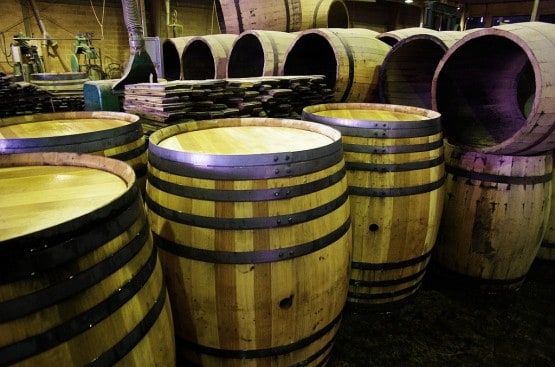
What does this all mean for Whisky?
This means it is important to have Sherry in the Whisky industry. As most Whisky enthusiasts will know, the wood makes the Whisky, as this is where the liquid gets most of its flavour.
So wood that has already been used to mature Sherry will have gone through a flavour exchange already.
This means that the Sherry will have left some notes in the wood and vice versa.
And by the time the Whisky gets to it, the cask is full of different flavours.
Like each Whisky, each category of Sherry is vastly different. It is worth looking out for which cask was used to mature any Whisky you purchase, so you can continue to build your knowledge of those expressions and the different flavours you might find there.
Distillers love sharing information about the casks they use, so knowing what kind of Sherry was matured in the cask before the Whisky can give you an idea of the flavours that it has taken on.
Having even a brief knowledge of Sherry tasting notes can give you a great jumping off point when discovering more about your favourite drams! This will start you on your journey of knowing all about Sherry in the Whisky industry.
What are your thoughts? Leave a comment below and let’s have a chat!





